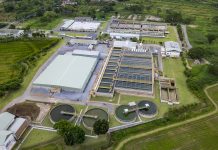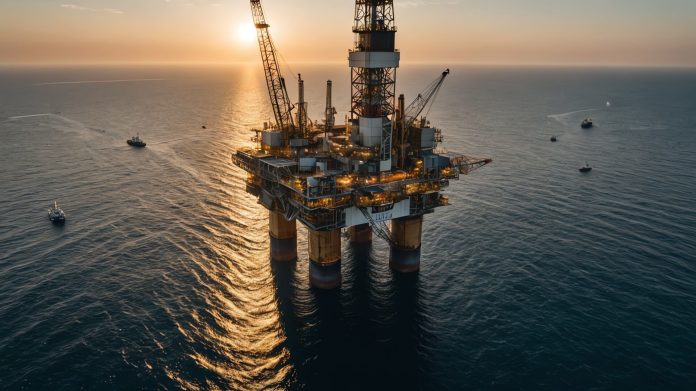The International Energy Agency (IEA) highlighted significant challenges facing oil production in the Asia Pacific region, exacerbated by aging oil fields, the departure of Western companies, and a shift in investment towards natural gas.
According to the IEA’s latest oil report, non-OPEC+ countries in Asia Pacific, aside from China, are experiencing declining oil production without substantial new projects on the horizon to reverse this trend. Countries like India, Indonesia, and Thailand are managing declines in production, with no major initiatives planned to boost output.
India, a major energy consumer and the third-largest globally for diesel and petrol demand, is expected to see only modest increases in oil production. This includes a slight uplift from the Krishna Godavari Basin cluster-two offshore project and modest gains in the Rajasthan basin, resulting in a decline from 7,10,000 barrels per day (b/d) in 2024 to 570,000 b/d by 2030.
Despite efforts to ramp up crude oil production, India’s growth in refining capacity has been noteworthy, adding nearly three million b/d from 2006 to 2023, solidifying its position as the world’s fourth largest refiner with a total capacity of 5.8 million b/d.
As reported by businessline, the IEA forecasts India’s demand for road transport fuels to grow significantly between 2023 and 2030, second only to China. This growth, driven primarily by diesel and petrol consumption, is expected to outpace advancements in clean energy technologies and petrochemical feedstock demand globally.






























